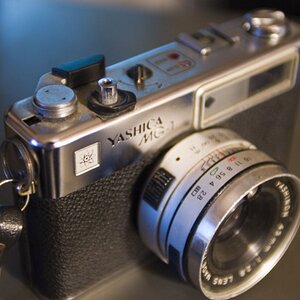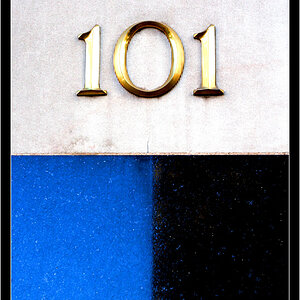bribrius
Been spending a lot of time on here!
- Joined
- Jan 12, 2014
- Messages
- 8,709
- Reaction score
- 1,311
- Can others edit my Photos
- Photos NOT OK to edit
can anyone expound upon this?
basically, I am hardly ever happy with the color that comes out of one of my lenses. The little 50 mm I tend to like It better. I mostly attributed to Nikon in camera processing engine but new I liked it better In most cases with just the 50mm.
so I didn't give it much thought.
until I was reading through a comment someone left on a store site on a lens they bought in the reviews. They said they "liked the color". you hear about bokeh, sharpness, etc. I get all that . what I cant seem to grasp is this reference to "color"
is it just how fast the lens is or is there something else with the way the lens is made and how the processor picks up on that?
??????????
basically, I am hardly ever happy with the color that comes out of one of my lenses. The little 50 mm I tend to like It better. I mostly attributed to Nikon in camera processing engine but new I liked it better In most cases with just the 50mm.
so I didn't give it much thought.
until I was reading through a comment someone left on a store site on a lens they bought in the reviews. They said they "liked the color". you hear about bokeh, sharpness, etc. I get all that . what I cant seem to grasp is this reference to "color"
is it just how fast the lens is or is there something else with the way the lens is made and how the processor picks up on that?
??????????






![[No title]](/data/xfmg/thumbnail/37/37492-bafc92488a1ab17e4ca6603ee5b38376.jpg?1619738112)
![[No title]](/data/xfmg/thumbnail/37/37493-07470d1244285a42bb716c7df65abfda.jpg?1619738112)
![[No title]](/data/xfmg/thumbnail/30/30990-df3df397f705643bc2c207cc9d579d08.jpg?1619734554)

